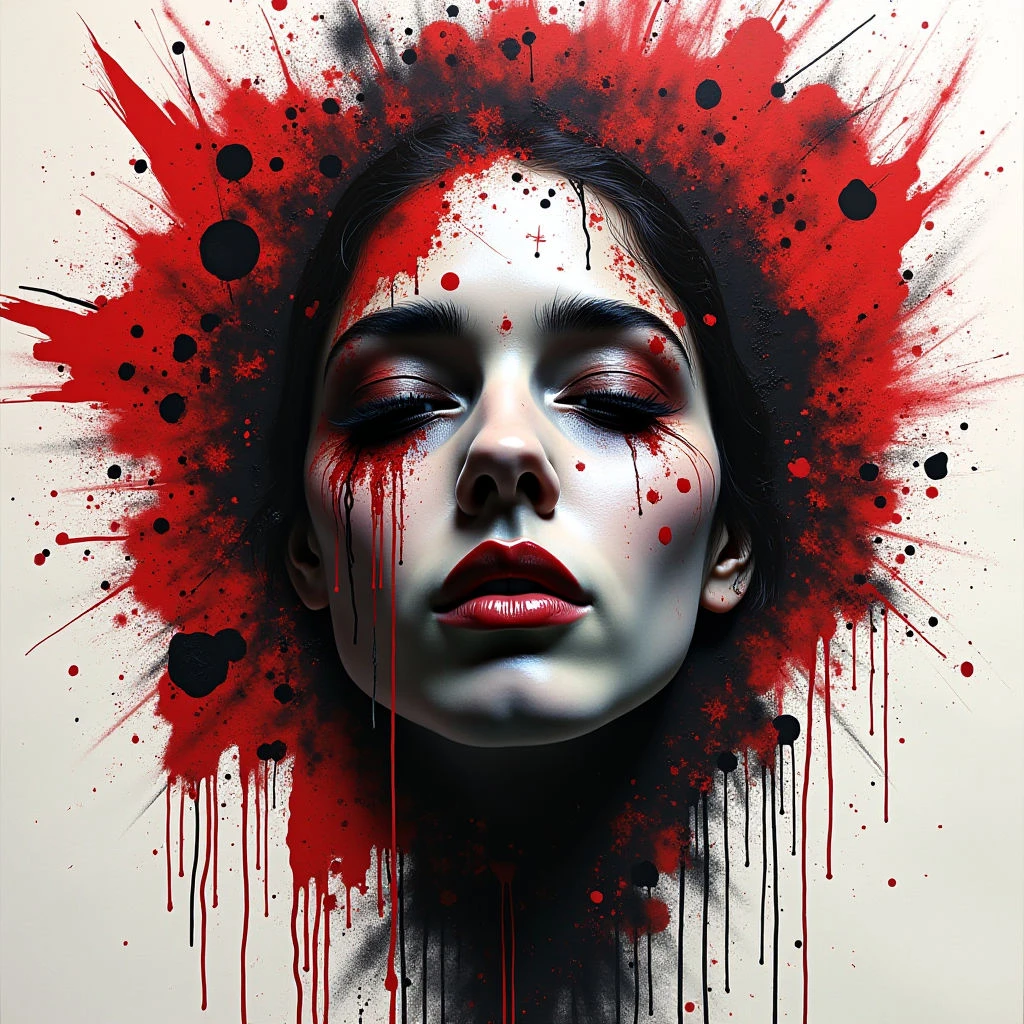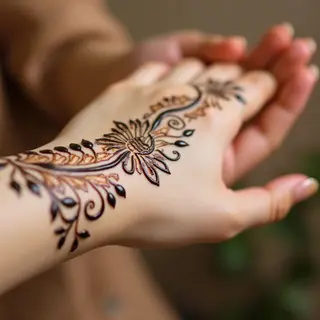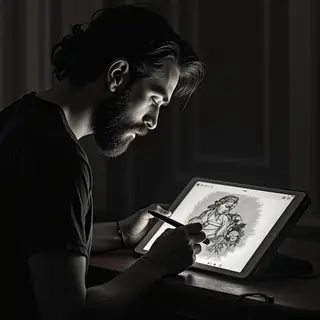Crafting Your Tattoo: A Guide to Design and Personal Expression
Creating your own tattoo design is a rewarding journey, blending artistry with personal expression. It's more than just scribbling; it’s about crafting a visual story that resonates deeply with you.
1. Conceptualization: Finding the Core Idea
Let's start with the 'why'. What do you want this tattoo to represent? A cherished memory, a guiding belief, or perhaps someone special? Brainstorm keywords and imagery that capture your concept. Consider symbolism—what meanings are attached to different objects or motifs?
2. Sketching: Visualizing Your Vision
Don't hold back—start with rough sketches! Simple pencil drawings are perfect for exploring ideas. Play around with composition, placement, and style. Think about line weight, shading, and the impact of negative space. If drawing isn’t your strong suit, tracing images or using reference photos can be a great starting point.
3. Exploring Tattoo Styles
Dive into the world of tattoo styles: traditional, realism, watercolor, blackwork, minimalist, illustrative, and new school—each with its own unique characteristics and techniques. Feel free to mix elements from different styles to create something truly original.
4. Refining Your Design
Once you have a sketch you're happy with, it’s time to refine it. Add details, adjust proportions, and experiment with color palettes (if applicable). Think about how the design will look on your body—placement, flow, and overall impact are crucial.
5. Partnering With Your Tattoo Artist
Your tattoo artist brings a wealth of expertise to the table! Share your design concept and sketches with them. They can offer valuable feedback on feasibility, aesthetics, and technical execution. Be open to suggestions—they’ve seen what works (and doesn't) firsthand.
Important Considerations
-
Copyright: If you’re using reference images, make sure they are copyright-free or that you have permission to use them.
-
Simplicity: Complex designs can blur over time. Simpler designs often age better and are easier to execute.
-
Longevity: Consider how the design will look in 10, 20 years.


